
The Role of Welding Fume Remove in Workplace Safety
Any time metals and metal materials are welded together, toxic fumes and gases generate and release into the airstream. The particulate in welding fume is typically smaller than 0.1 µm.
To understand how small this is, consider a strand of hair. An average strand of hair is 99 µm meaning that the particles in weld fume are so tiny they're completely unseen to the naked eye! The smaller the particles are - the greater the concentration will be.
The particulate matter found in welding fumes can include harmful metals and gases such as argon, nitrogen, carbon dioxide, carbon monoxide, and hydrogen fluoride. Because the particulate matter in welding fume is so small, it gets easily trapped in the respiratory system targeting the bloodstream, central nervous system, and kidneys.
Weld fume also settles on floors and fixtures increasing the risks of injury and equipment malfunction issues. Without a way to control and capture these contaminants, there is an increased risk of health and safety injuries - this is why it's important to collect fumes at or near the source using a fume extraction system.
Weld fume extraction systems are required in a range of metalworking applications to capture harmful fumes, gases, smoke, and other airborne contaminants before reaching breathing zones. These systems are designed to extract, filter, and clean contaminated air, and then return it back into the workplace or exhaust it outside, away from the facility.
Employers must remain proactive in maintaining workplace conditions and regulating welding safety measures. Training employees about the importance of proper weld fume control is key to ensuring their safety.
Although fresh air may be supplied to your environment by general ventilation, relying solely on ventilation for weld fume control is ineffective.
To ensure the safety of machine operators, it's critical to implement welding fume extraction systems in work environments where welding and metal fabrication equipment is being operated. Fume extraction systems must be properly used and positioned based on the specific machining process and application taking place to guarantee effectiveness.
Overlooking potential health risks is the number one way to put machine operators in danger. Negligent work practices can result in overexposure to air contaminants, slip and fall injuries, electrical shock, and more. Welding processes, machine operator's skillsets, and the equipment and materials used in each application will vary. That's why it's important to understand application demands and effectively establish safe working conditions.
So where should you get started? We've put together 11 easy ways to help improve the safety in your welding environment.
Welding Fume Removal Solutions
|
Explore Portables |
Explore Wall Mounted Units |
Explore Downdraft Tables |
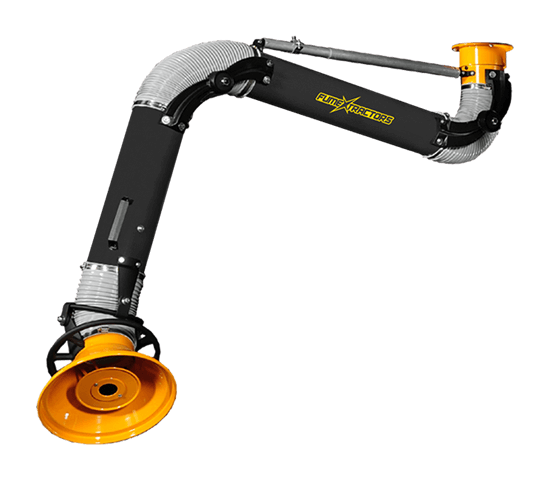
✓ Tough, Rotating Flanged Hood Explore Fume Arms |
Explore Weld Booths |
Explore Air Cleaners |
11 WAYS TO IMPROVE WELDING SAFETY
1. CONDUCT HAZARD INSPECTIONS REGULARLY
Conducting hazard inspections regularly ensures that the work environment meets federal, state, and local regulations. Evaluate work practices to ensure employees are performing welding processes as safely and efficiently as possible.
2. STAY INFORMED
Staying informed by reading welder and manufacturing manuals to guarantee that processes and operations are performed safely.
Employers and welders should both be knowledgeable about safety and procedural information. If a manual has been misplaced, search for it online or contact that manufacturer to request a new one.
3. ROUTINE TRAINING
Routine training enables everyone in the workplace to remain knowledgeable about OSHA and NIOSH updates, new equipment, changes to current processes, improved safety measures, etc.
Unmistakably, machine operators will have a higher risk of becoming injured if they are unaware of the proper safety methods.
Awareness = safety in the workplace
4. ORGANIZING THE WORK AREA
By clearing out unnecessary tools, verifying that all supplies required by the welder are readily available, and labeling the areas where each piece of equipment belongs will streamline the welding process while leaving little room for clutter and tripping hazards.
5. WELDING FUME EXTRACTORS
An easily adjustable and convenient way to remove harmful air and particulate before it reaches the breathing zone of machine operators.
• Welding fume extraction systems can range from fume arms to downdraft tables depending on the demands of your welding application.
• Welding fume extraction systems are designed to capture harmful fumes, smoke, and particulate matter at or near the source, before it can disperse into the breathing zone of the welders or other workers.
• Fume extraction arms or hoods are positioned close to the welding operation, typically within a few inches. These have a wide inlet to effectively capture the fumes and particulates as they are generated.
• For certain applications, downdraft tables are used instead of fume arms or hoods. Downdraft tables act as a workbench and extract welding fumes and smoke from below the project. The welding work is performed on a perforated surface on the table. Powerful fans create negative pressure beneath the surface, drawing the fumes and particulates downward through the holes and into the filter media.
6. 35-FOOT CLEARANCE AROUND THE WELDING AREA
Ensure that there is a 35-foot clearance around the welding area. If there is a fire hazard that can't be removed, the welding project must be relocated to a different area or the hazard must be covered with a non-flammable material.
7. KEEP WELDING AREAS FREE OF FLAMMABLE MATERIALS AND DEBRIS
Welding areas must remain completely free of any flammable materials or debris including cleaning products, cardboard boxes, paper, dust, dry leaves, wood, rags, solvents, paint, etc.
Working environments should implement designated welding areas that are designed to minimize fire risks.
8. BE AWARE OF THE WORK AREA
Be aware of everything that is happening in the work area. The more alert you are the quicker you can correct and/or prevent hazards.
Be Aware Of:
• Personal protection equipment
• Positioning of extraction equipment
• Bad posture
• Arc flashes
• Power cables
• Splashes or sparks in the ears, eyes or on the skin
• Noise and vibration exposure
• Coming into contact with electrically conductive equipment
9. FILL HOLES AND CRACKS
Fill or cover holes, cracks, and other small openings where sparks and molten metal can become lodged (and travel up to 35-feet). When holes and cracks are left unnoticed, wedged sparks can go unseen for long periods before igniting.
It's important to identify trouble areas and fill or cover them with non-flammable materials, implement a welding screen, or move the welding project to a different area.
10. KEEP AND EYE OUT FOR FUMES AND SMOKE
Be aware of fumes, smoke, and gases that may be passing your breathing zone while welding. Your work area should be properly ventilated and you must utilize appropriate protection to avoid inhaling harmful contaminants.
Combining proper ventilation and weld fume extractors is an effective way to reduce chronic and acute effects of toxic fumes.
11. PROTECT YOUR SKIN!
When skin is exposed it quickly becomes vulnerable to damaging and powerful infrared and ultraviolet rays, as well as, a contact area for sparks.
Welders must ensure that shirt cuffs, collars, and front pockets are buttoned completely. Never weld with butane lighters or matches in your pocket in case of a fire.
The safety of your welding team depends on implementing and maintaining proper fume extraction systems and safety protocols. Whether you're upgrading your current setup or establishing new safety measures, our team of specialists can help evaluate your facility's needs and recommend the most effective solutions. Ready to enhance your workplace safety? Contact our experts today for a personalized consultation.
You may also like:
• Fume Extraction in Welding
• The Link Between Welding Fume Exposure and Long-Term Health Issues
• The Importance of Welding Fume Extractors

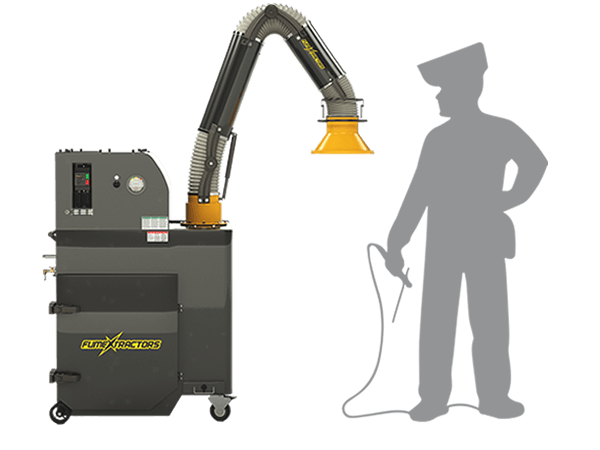 ✓ 3-stage Filtration
✓ 3-stage Filtration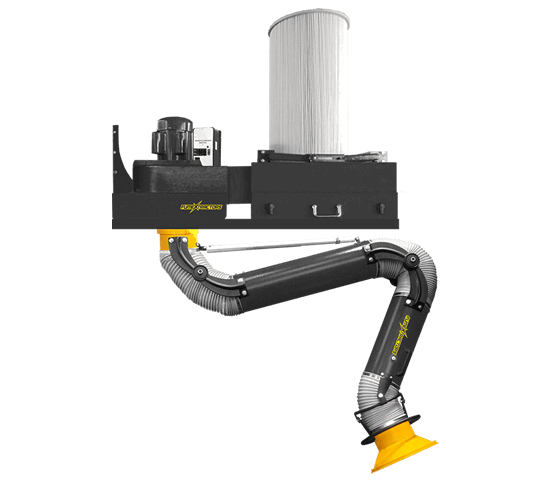 ✓ Powder-Coated Steel Shell
✓ Powder-Coated Steel Shell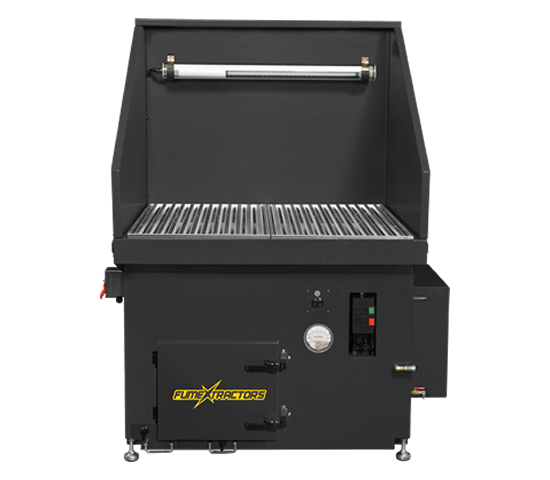 ✓ Hands-Free Operation
✓ Hands-Free Operation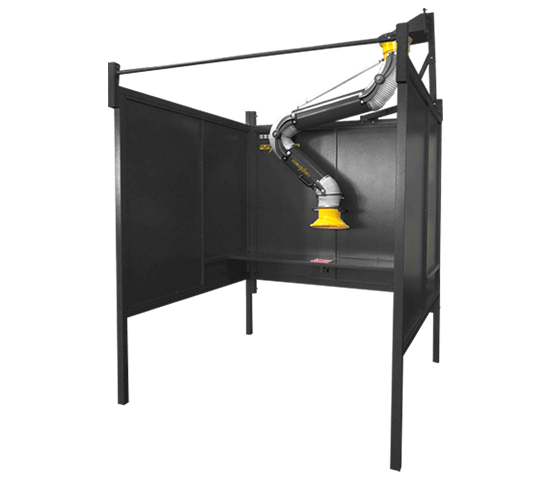 ✓ 12ga Double Panel Construction
✓ 12ga Double Panel Construction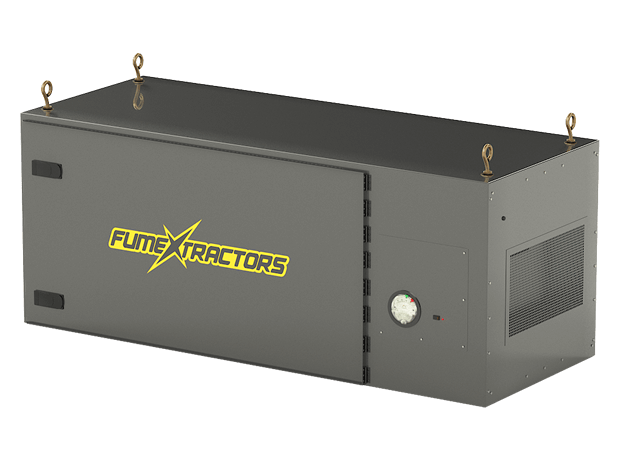 ✓ Powerful Motor
✓ Powerful Motor